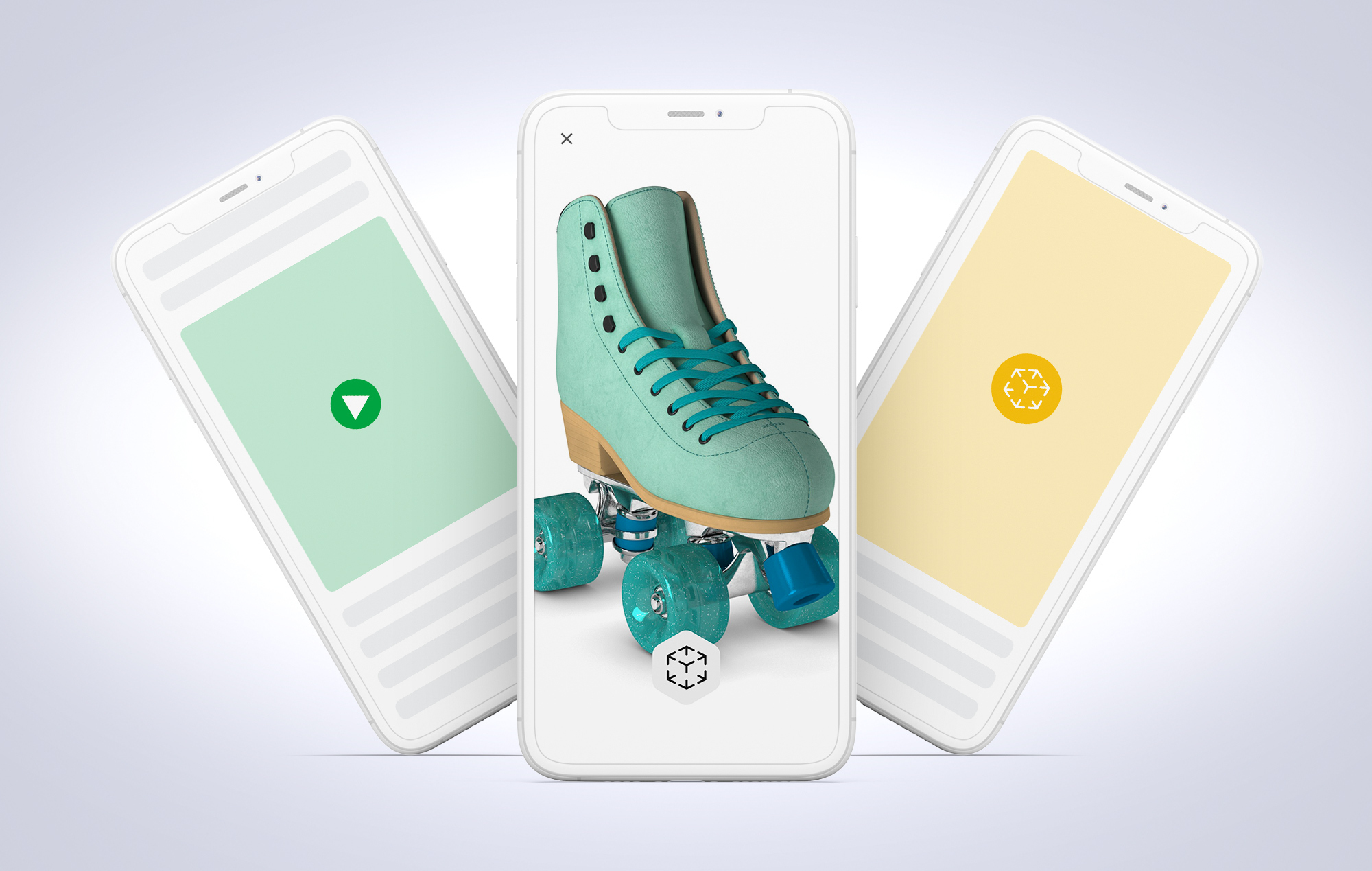How are 3D ads created?
Creating 3D ads involves several steps and technologies to achieve realistic and engaging visual effects. Here’s a general overview of the process:
1. Conceptualization and Planning
- Storyboarding: Develop a storyboard or concept that outlines the narrative and visual elements of the 3D ad.
- Scripting: Write a script if the ad includes dialogue or specific actions to be depicted.
- Visualization: Use software tools to create rough sketches or digital mockups to visualize the ad’s scenes and composition.
2. Modeling
- 3D Modeling: Create digital 3D models of characters, objects, and environments using specialized software like Autodesk Maya, Blender, or 3ds Max.
- Texturing: Apply textures and materials to the 3D models to achieve realistic surfaces and details.

3. Animation
- Rigging: Add a digital skeleton (rig) to 3D models to define how they move and deform.
- Keyframing: Animate the models by setting keyframes to define their positions, rotations, and movements over time.
- Simulation: Use physics simulations for realistic effects like cloth dynamics, fluid simulations, or particle systems if needed.
4. Rendering
- Lighting: Set up virtual lighting and shadows to enhance the visual appeal and realism of the 3D scenes.
- Rendering: Use rendering software (e.g., Autodesk Arnold, V-Ray, Blender Cycles) to process and generate the final images or frames of the animated ad.
5. Compositing and Post-Production
- Integration: Combine rendered 3D elements with live-action footage or 2D graphics if required.
- Color Grading: Adjust colors and tones to achieve a cohesive look and enhance visual impact.
- Special Effects: Add visual effects such as lens flares, motion blur, or depth of field to enhance the overall aesthetic.
6. Review and Iteration
- Feedback: Gather feedback from stakeholders or clients and make necessary adjustments to the animation, visuals, or storyline.
- Finalization: Finalize the 3D ad by incorporating feedback and ensuring all aspects meet the desired standards.

7. Tools and Software
- 3D Modeling and Animation: Autodesk Maya, Blender, Cinema 4D, 3ds Max.
- Rendering: Autodesk Arnold, V-Ray, Blender Cycles.
- Compositing: Adobe After Effects, Nuke, Fusion.
Conclusion
Creating 3D ads involves a combination of artistic creativity, technical expertise in 3D modeling and animation, and proficiency in digital tools and software. The process requires collaboration between artists, animators, and technicians to bring the concept to life effectively and engagingly.
For expert assistance in creating compelling 3D ads or digital marketing strategies, including 3D animation and visual effects, contact MyHoardings. We specialize in leveraging innovative techniques to enhance brand visibility and engagement through digital media.
Ways to enhance presence over the Internet –
|
Top 5 OTT Platforms in India for Advertising




One thought on “How are 3D ads created?”
Comments are closed.